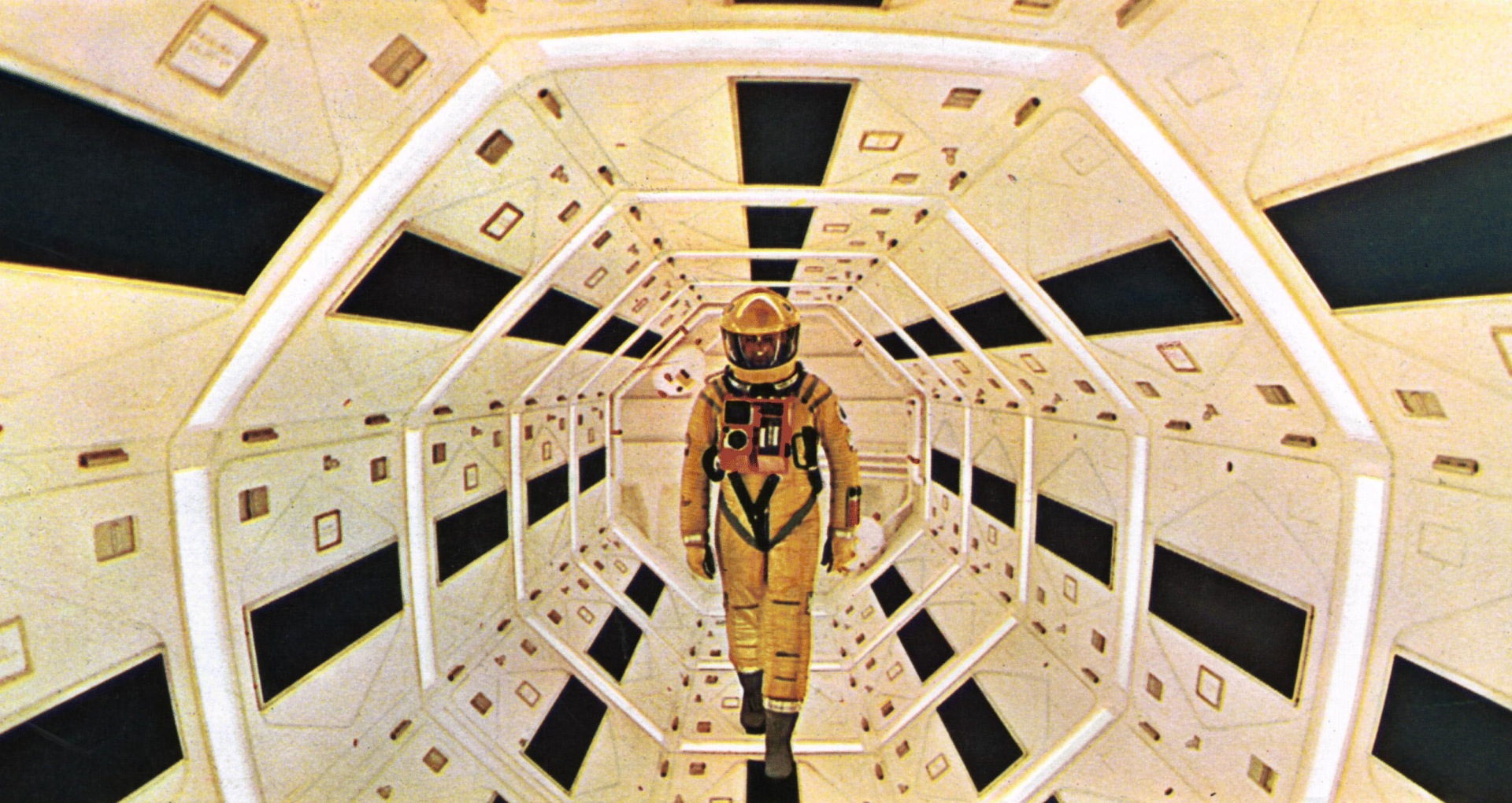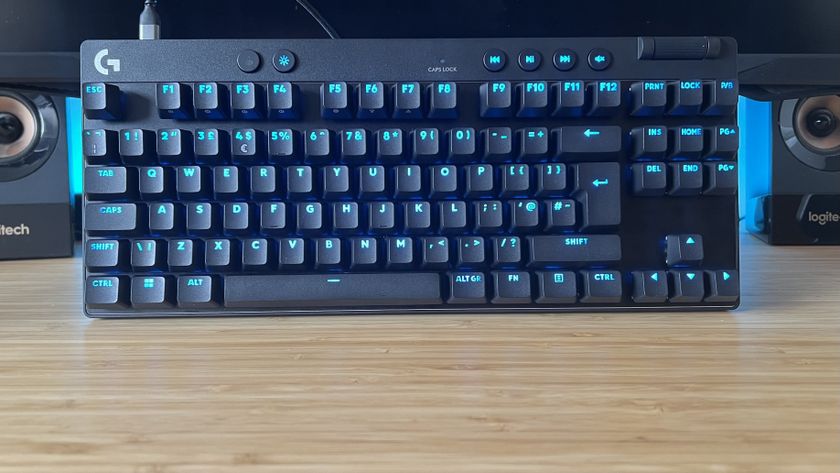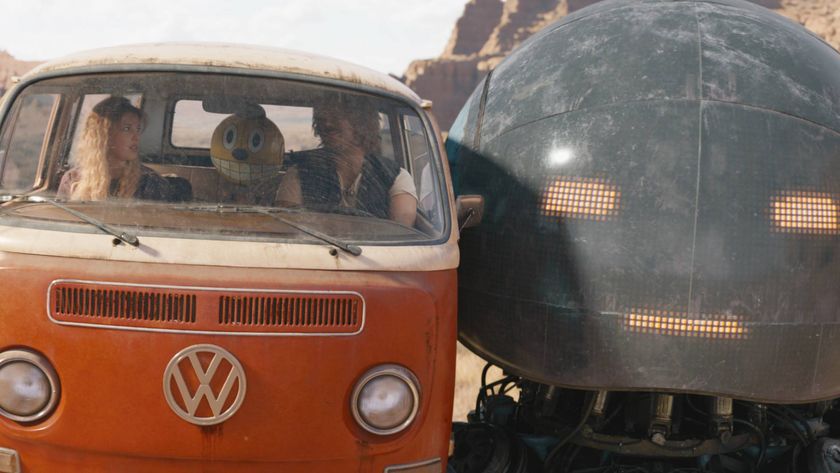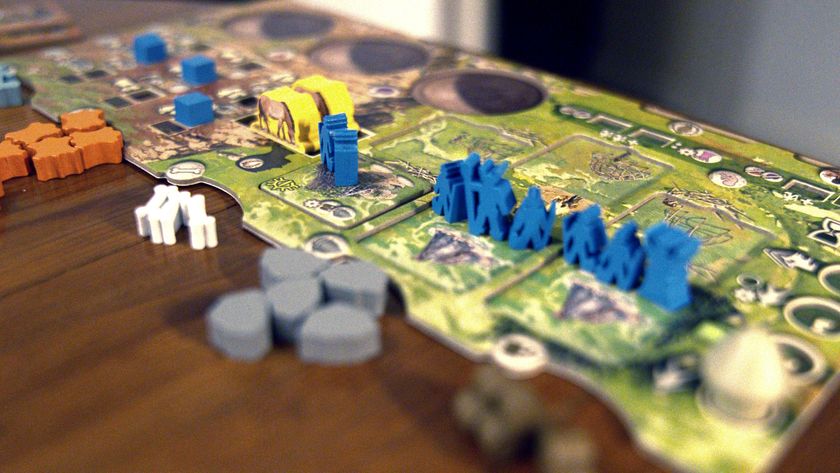12DOVE Verdict
Pros
- +
Blu-ray release: 10 November 2014
- +
Director: Stanley Kubrick
Cons
Why you can trust 12DOVE
STAN THE MAN
“Everybody pretty much acknowledges he’s the man. I still feel that underrates him.” Jack Nicholson’s assessment of Stanley Kubrick is echoed throughout this new presentation of the director’s work, by the heaviest weights of Hollywood. Spielberg, Scorsese, Bogdanovich, Stone, Friedkin, Soderbergh... all pay the kind of repeated tribute that justifies the title of this collection. This is, straightforwardly, a collection of masterpieces.
The box itself is hefty and black (monolithic, you might say...), with Kubrick’s name emblazoned in stark art deco font between stills from the eight films included. A book of images mixes behind-the-scenes snapshots with glimpses of pre-production and preparation. And then there’s the meat of the extras, a mix of old and new documentaries. Stanley Kubrick: A Life In Pictures is a lengthy biographical tilt included in DVD predecessors to this new set.
It comprehensively covers each of Kubrick’s films in 15-minute chapters, and features a long list of collaborators from Arthur C. Clarke to Tom Cruise. A Life In Pictures was put together by Jan Harlan, Kubrick’s brother-in-law and assistant, and Harlan’s related retrospective of Malcolm McDowell’s career, O Lucky Malcolm!, also makes the journey from previous releases of A Clockwork Orange.
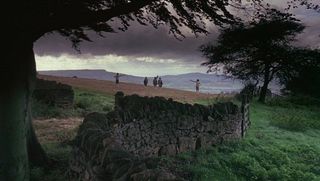
Fresher material is to be found in the remaining documentaries. The 2012 French piece Once Upon A Time… A Clockwork Orange is full of context and social philosophy rather than on-set anecdotes, and Stanley Kubrick In Focus is an entertaining chance for a host of Hollywood directors to rapturously soundbite their way through Kubrick’s body of work, piece by piece.
The prize, though, is the only entirely new documentary in the set – Kubrick Remembered, an 83-minute look at Kubrick the man, rather than Kubrick the director. It’s both a smart counterpart to A Life In Pictures, and a much needed redress of Kubrick’s lingering public image. Where A Life In Pictures starts with frantic cuts of press coverage repeatedly jabbing at the elusive director with the same set of infuriated barbs – obsessive, meticulous, perfectionist, eccentric, demanding (words the sequence makes impossible for would-be reviewers to use, which is a shame as ‘meticulous’ is very handy) – Kubrick Remembered dismantles this image of an enigmatic tyrant, an image created in the absence of access to the real Kubrick, who preferred to let his films do the talking.
It rests with Kubrick’s widow, Christiane, who is filmed in the family’s once strictly off-limits home in St Albans, and reconstructs the life of a Bronx boy spirited away by curiosity.
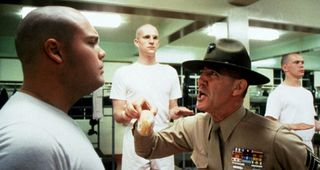
For him, photography provided a way of seeing the world, and filmmaking a way of pondering our place in it. The doc probes his escape to England (a keen chess player, the move put Kubrick eight hours ahead of his “opponents” in Hollywood), his dedication to family, and above all restores the idea of Kubrick as a human instead of an inscrutable icon.
This restoration is particularly apt because Kubrick’s films, if they are about any one thing, are about humans and humanity. The eight films collected here run from 1962’s Lolita to 1999’s Eyes Wide Shut, a picture of Kubrick’s mature career bookended by urges and eroticism. But it is only his mature career – it is the selection of films to which Warner Brothers has the distribution rights (barring the on-loan Strangelove), and which it has packaged repeatedly as the Kubrick canon. A drawback of the set is that it is a distilled look at Kubrick in his stride, with none of the fascinating rough edges of his earlier work.
There are five films missing, from the independent, only recently exhumed Fear And Desire (the 1953 debut that Kubrick called “a bumbling amateur film exercise”) to the epic, studio-controlled Spartacus, after which Kubrick left for England. He might not have liked these films, and The Masterpiece Collection is almost flawless without them, but it is also less interesting for their omission.
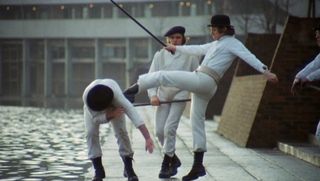
Even so, it’s easier to complain about what’s not here than what is. Run through the films chronologically and there’s a relentlessness to the quality that’s almost dizzying – sustained, genre-spanning, exploratory brilliance. Each work is a sharp departure from the last, but constructed with the same scouring intelligence and the same technical accomplishment. Scorsese puts it best in the extras when he describes “the very clean rigour of the frame” as what draws him back to Kubrick’s films.
Scoring them individually is simple – they all get five stars, with the exception of Eyes Wide Shut. Confronting the Kubrick CV is to acknowledge that time makes fools of us all, and critics in particular. The rough receptions afforded 2001: A Space Odyssey and even Barry Lyndon seem ridiculous now, and it’s interesting to see Eyes Wide Shut grow with age; with the Cruise/Kidman media circus receding ever further into the past, it’s becoming easier to judge the film on its own merits, and see the performances for the powerhouses they are. It may yet end up on a par with the others, but for now – still unsure whether to laugh at or with certain scenes – it gets four stars.
Extras
- Documentary
- Book
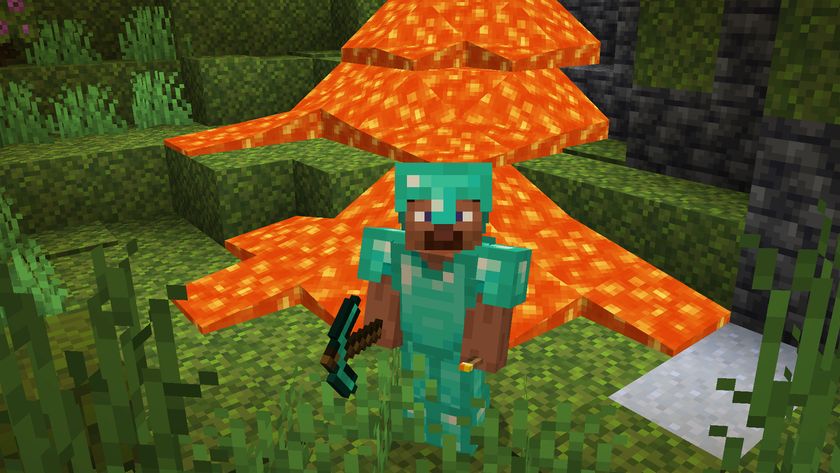
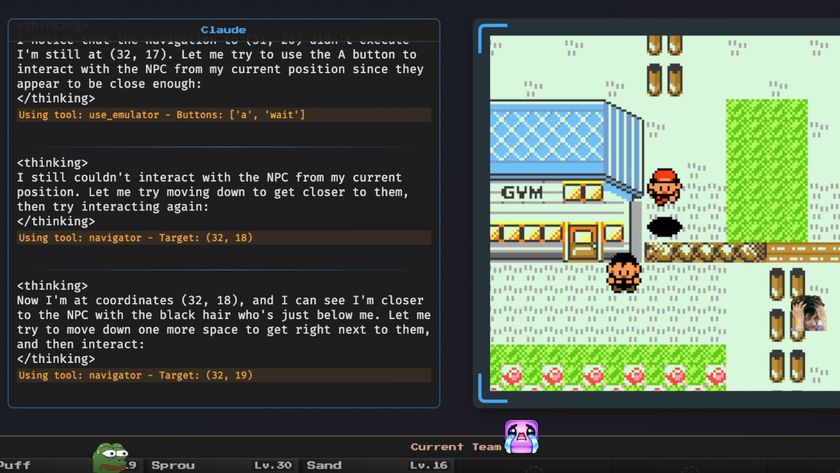
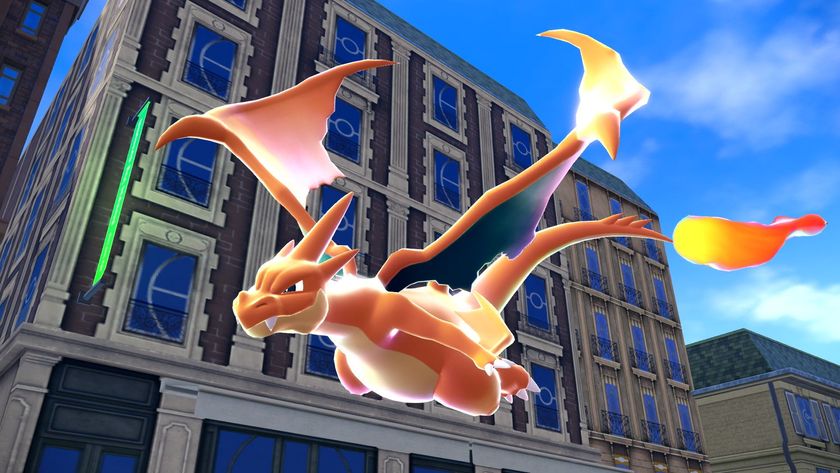
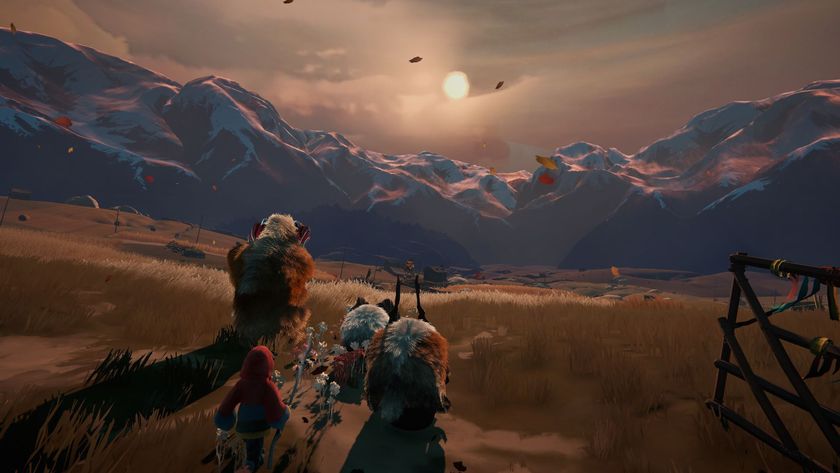
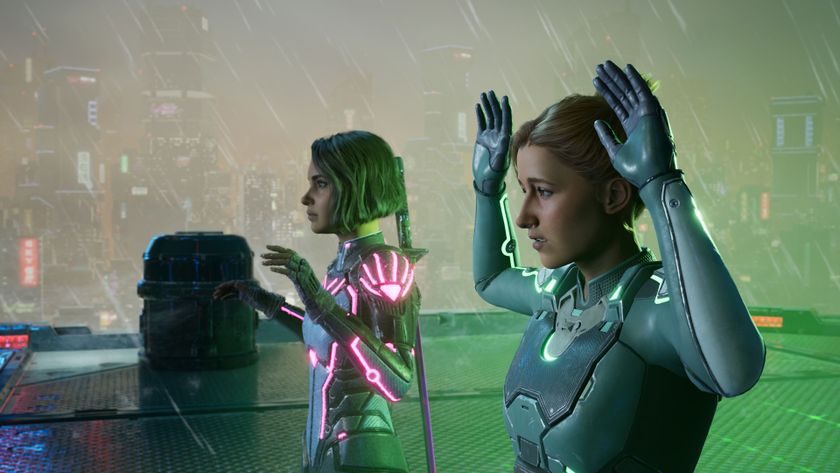
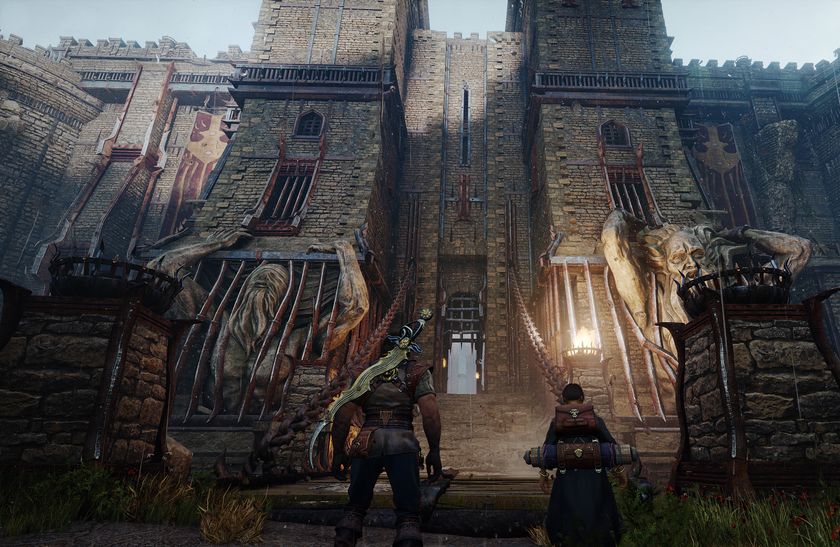

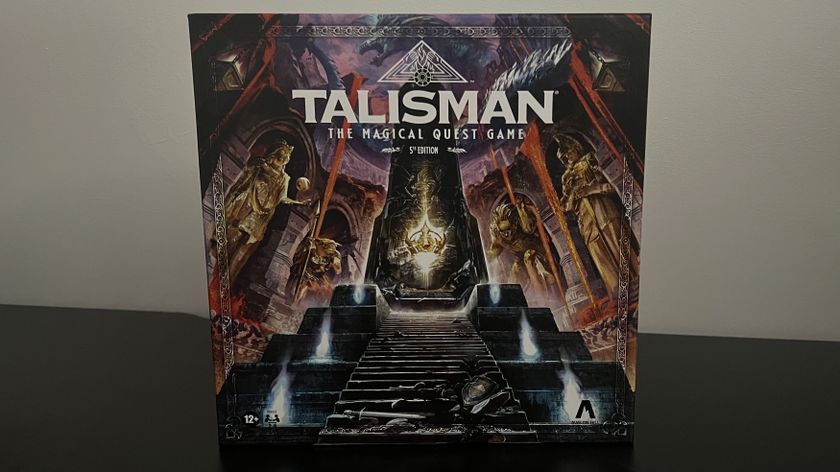
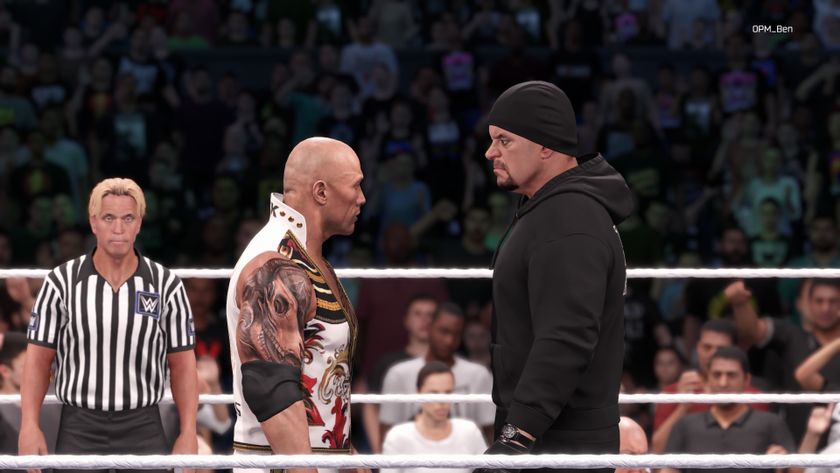


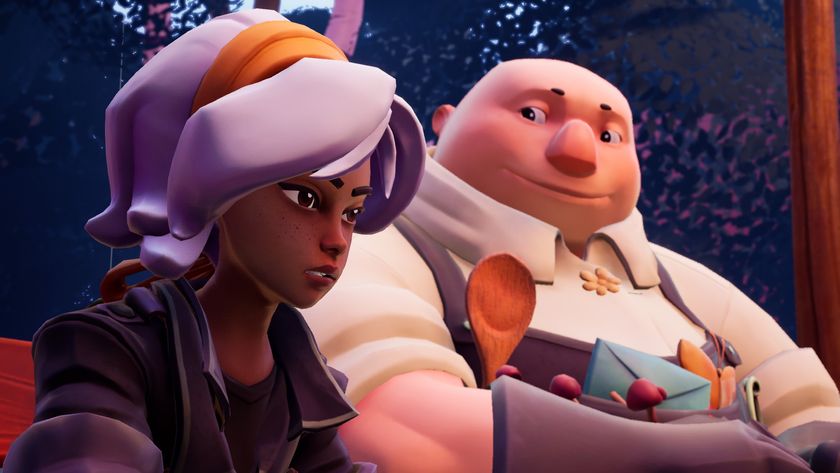
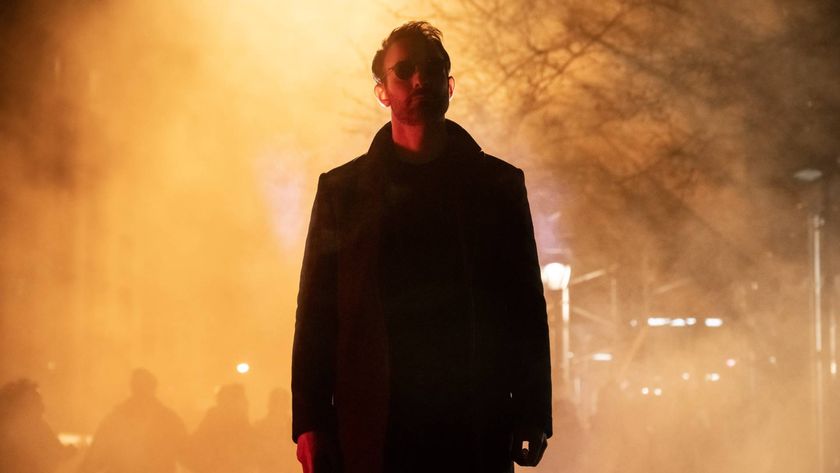
Who killed [SPOILER] in Daredevil: Born Again episode 3?

The creator of upcoming life sim Inzoi says he was "recklessly brave to even think about creating a game of this scale"
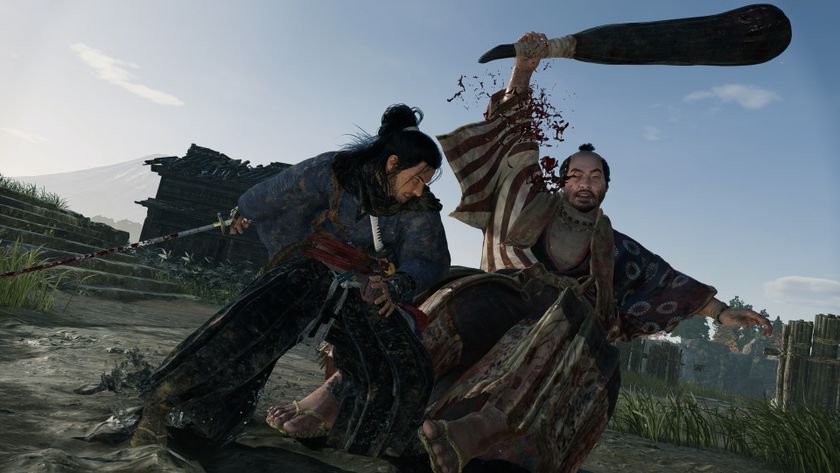
A year after its PS5 launch, Rise of the Ronin debuts on PC to "Mixed" reviews and performance complaints: "Stuttering on a 4090 is just... no"

